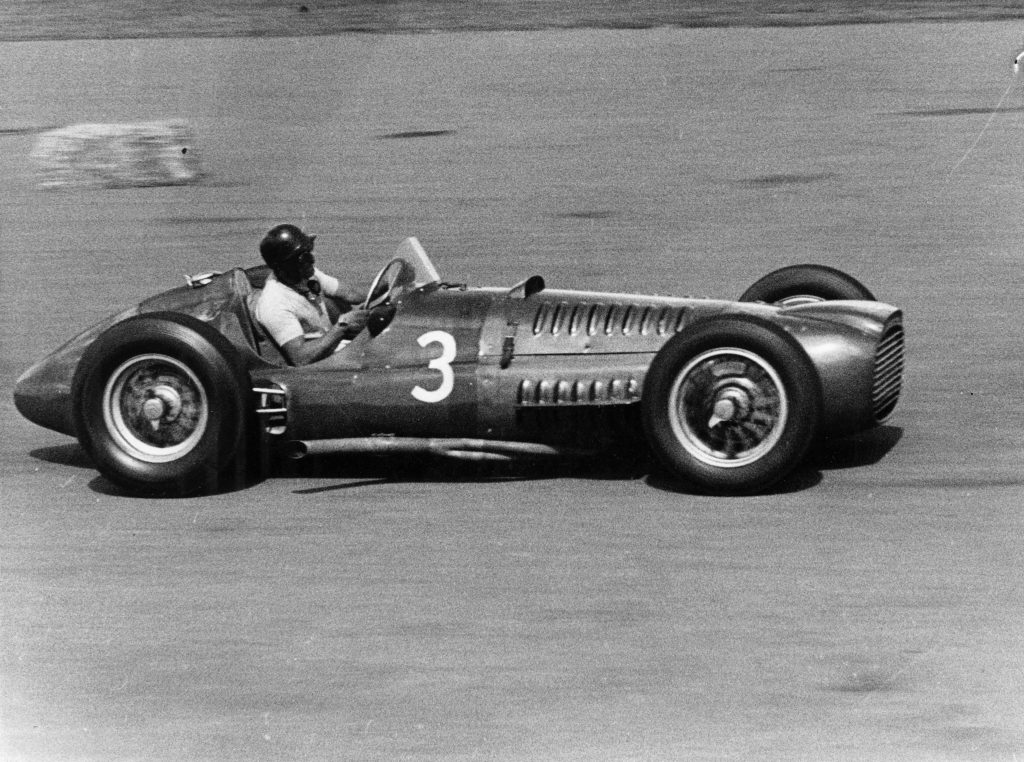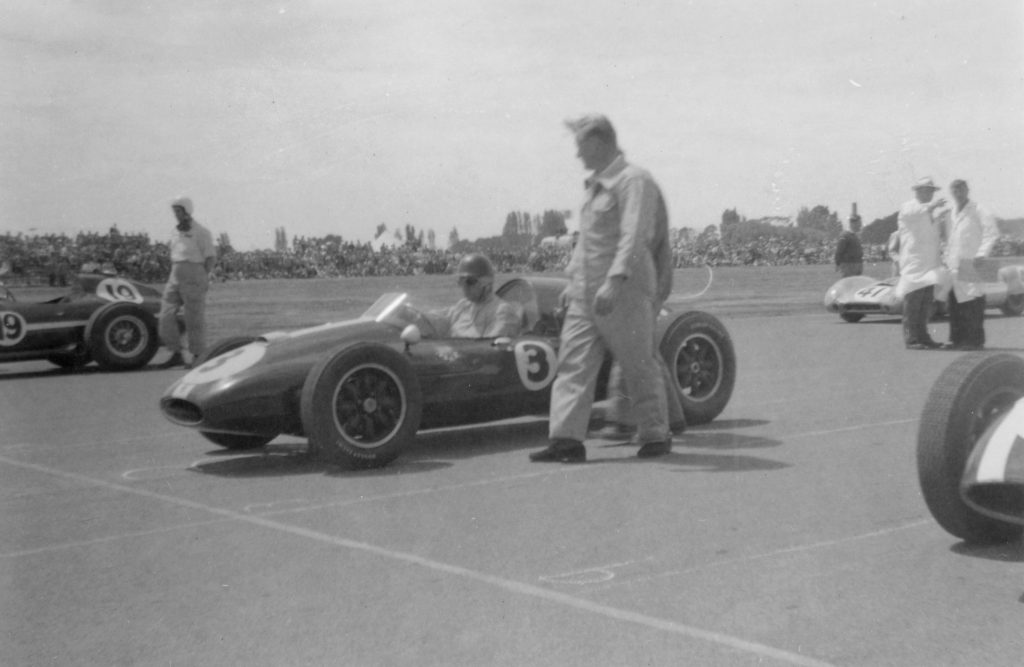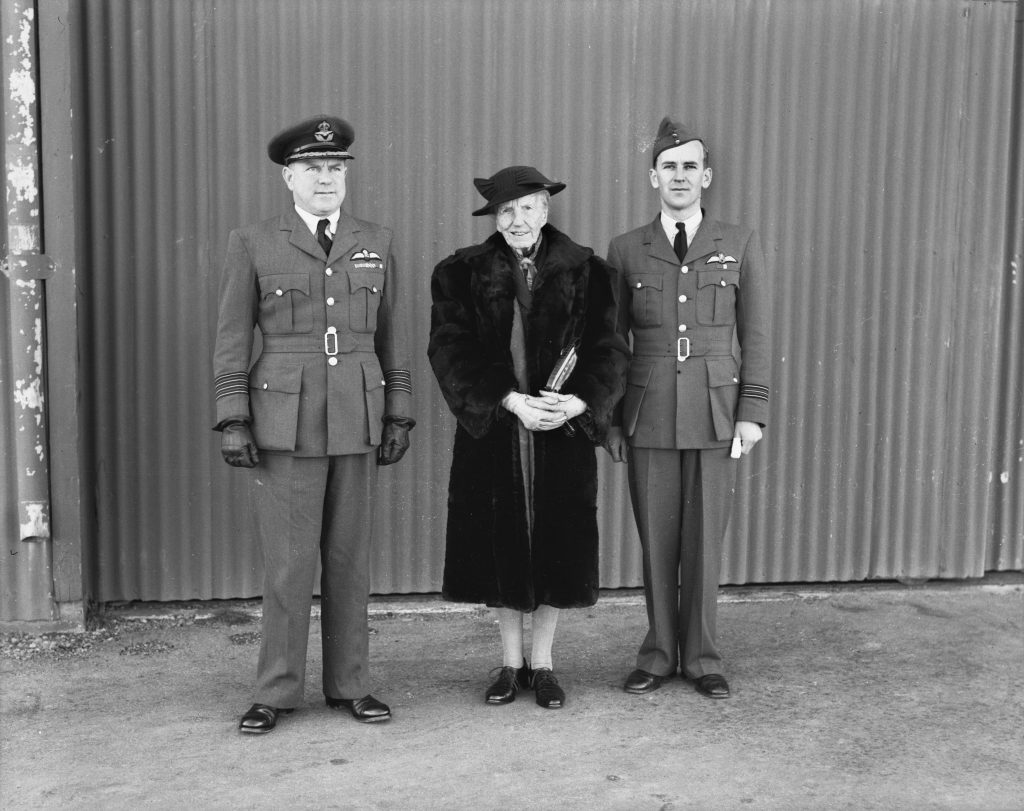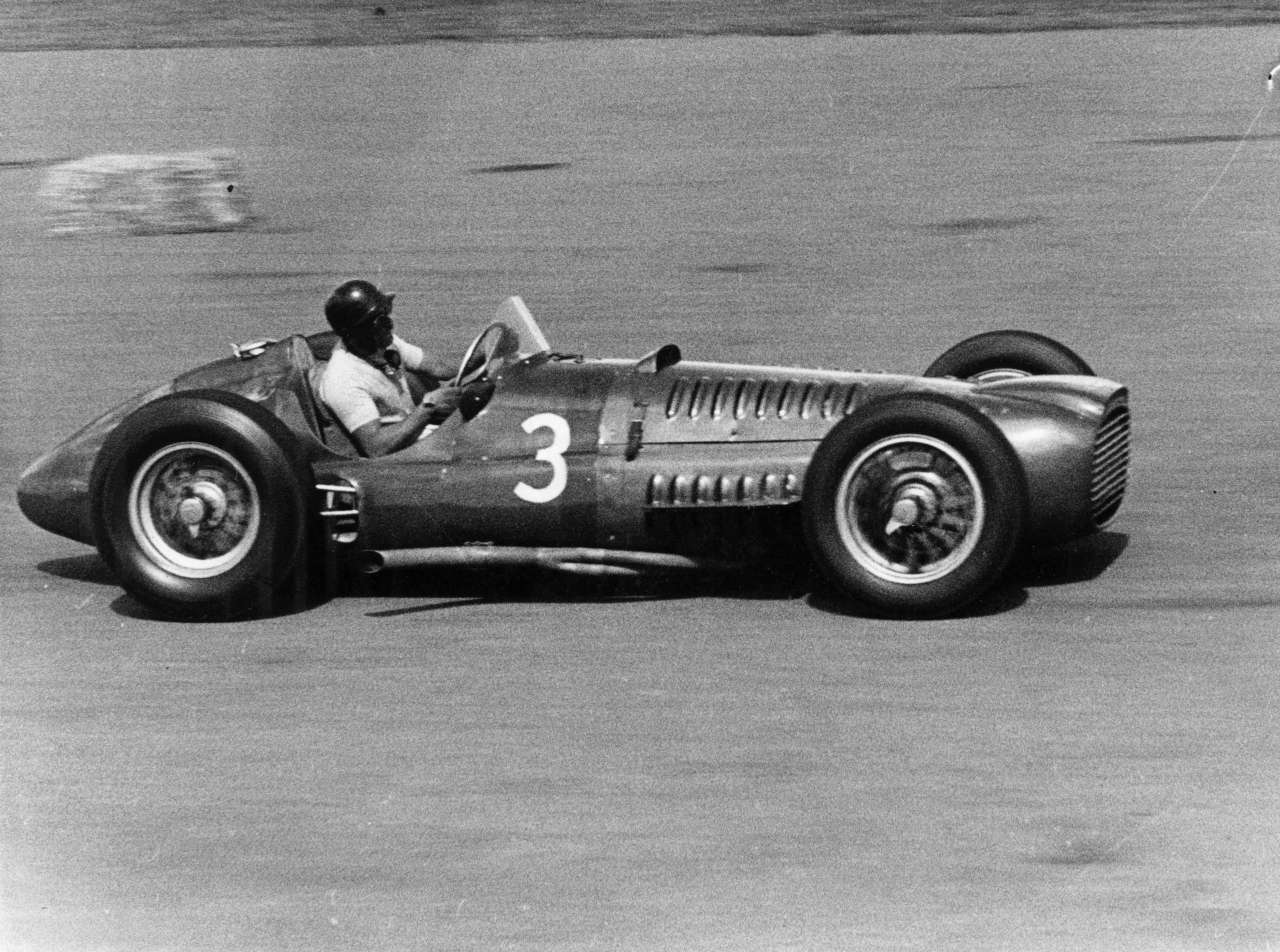On 26 February 1949, RNZAF Station Wigram was transformed into a full-blown race circuit for the first time.
In an extract from Wigram, The Birthplace on Military Aviation in New Zealand, Bee Dawson tells the tale of how a one-off race soon became the Lady Wigram Trophy, and a New Zealand motor racing legend.

In 1948 motor racing enthusiast Jack Brewer had almost finished arranging a street race in the roads around Harewood when the local golf club, concerned that members wouldn’t be able to play their usual Saturday round, threatened to slap an injunction on the proceedings.
When Brewer and his friends flew to Wellington to have a word with the Prime Minister, Peter Fraser brightly suggested that the airfield at Wigram would be an ideal venue to hold a road race as there’d be no disruption to the general public.
Brewer recalls that the Minister of Defence Fred Jones quickly concurred: ‘He had no objection at all. He said he’d get in touch with his Chief of Air Staff…’
The top brass might have been keen, but Station Commander, Wing Commander Hank (Arthur) Greenaway was less than enthusiastic: Greenaway … reckoned it was about as logical as lending the flight deck of an aircraft carrier for a tennis tournament, but he’d had a signal from his superiors in Wellington to make the place available to us…’
Although he agreed that the first New Zealand Championship Road Race could be held on Saturday 26 February 1949, Greenaway stipulated that the racers were not to be allowed on to the base until 4pm on the Thursday and that everything was to be dismantled as soon as the last race ended on the Saturday.
Brewer later recalled that ‘when the last plane was put away in a hangar and the doors were shut, they fired a very pistol flare from the control tower and then we were in like ‘bloody burglars’.
Once inside the men worked until midnight laying out the circuit in time for practice on the Friday afternoon.
Come Saturday somewhere between 20,000 and 30,000 people – many of them didn’t pay the admission fee so it was difficult to estimate numbers – flocked to see 22 cars speed around the circuit at speeds of up to 100 mph.
The Press of Monday 28 February 1949 described the track as excellent with the only hazard being one small ditch near the control tower which sent several of the lighter cars jumping all four wheels off the ground as they passed it.
The great excitement when Morrie Proctor won the 100-lap 105-mile race in his Riley 9 was followed by more loud cheers when Sybil Lupp (the sole woman competitor) came fifth in her 1947 MG.
Another MG crashed during the race, but fortunately the driver M.J Parker of Christchurch, escaped injury when he was thrown clear.
The race day was such a hit that it made an annual fixture on the station’s calendar and Lady Wigram was asked to be patron.
The Lady Wigram trophy was presented for the first time in 1951 and within a few short years Wigram’s fast track was attracting some of the biggest names of the international Grand Prix circuit such as Stirling Moss, Jack Brabham Graham Hill and Bruce McLaren.

Much to the delight of mess members some of these superstars of the motor racing world not only chose to stay in the officer’s mess but would sit and chat with them over a quiet beer.
Young Penny Quill, daughter of base commander Stan Quill, was entirely charmed when Bruce McLaren greeted her by name.
‘They met thousands of people so I thought it was very impressive to remember my name they were really, really, nice.’
There were many remarkable performances.
English gentleman racer Peter Whitehead drove a Ferrari to victory three years in a row and in 1958 the one-armed Archie Scott-Brown won in his Lister-Jaguar sports-racer.
It was terribly exciting for young cadet pilots such as Ross Ewing who managed to snap a photo of Stirling Moss with his box brownie camera.
‘I can remember his lap of honour – sitting on the seat of another car and he had a big wreath around his neck made of laurel leaves.’
Kate Archibald recalls ‘a very good rapport between everyone at every level in those early racing times. And I think that’s why they loved coming here everyone was so friendly.’
Although the international visitors lent a layer of glamour to the event, most competitors were home grown.
None more so than Ray Archibald, the commanding officer of the Canterbury Territorial Squadron, who regularly raced one of the Jaguars from Archibald’s garage in town.
And then there were the unofficial races. Navigator Hugh Francis recalls how he and his No. 2 mess mates were allowed to try out the track in their old 1930s cars: “We had a 1938 Essex … one car had an engine that blew up. That was quite exciting, ripping around there the night before the race.’
Held at the end of January, the day was almost always hot, windy and dusty.
Although the heat and relentless noise produced headaches for some, the car enthusiasts and the station’s children revelled in at all.
The course was laid out with hay bales and drums and all the paddocks behind the housing area were taken over with car parking.
Kate Archibald recalls that ‘sun umbrellas tables and lots of deck chairs to sit in. We came loaded to the hilt. It was immensely exciting when our own men were involved but the rest could be a little boring so we came well prepared.
We’d have a gin and tonic first, then there’d be champagne, chicken sandwiches, a big fruit cake and cheerios out of wide-necked thermos for the children.
We had a friend from Dunedin who would always roll up in his lovely Bentley with a wicker picnic basket… They always had some kind of party or dance after – in a marquee or sometimes in one of the hangars.’
Although the station personnel were allowed to attend for free, some families enjoyed having a little distance between themselves and the action.
Over in the married patch Susan Marshall’s father would put a ladder up the side of their garden shed and then haul deck chairs up onto the flat-topped roof.
She recalls: ‘We were paddocks away from the race but we were high enough to get a good overall view through opera glasses!
We put on sun hats, made a picnic and had a jug of homemade lemonade. It was a lot of fun.’

During the early 1950s Mac Morgan was designated as Lady Wigram’s official escort: ‘She was a frail old soul. I had to carry a folded travelling rug around in case she was cold,’ Mac recalls.
‘There I was, resplendent in dress uniform and with a travelling rug over my arm!
‘We duly appeared and sat and watched sufficient of the race to be able to say that she’d been there, had afternoon tea and then I took her back home.
‘That happened on two or three occasions.’





